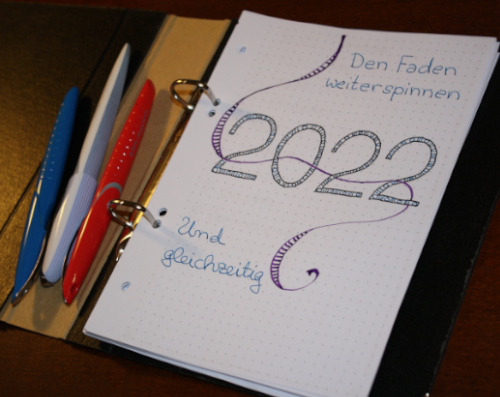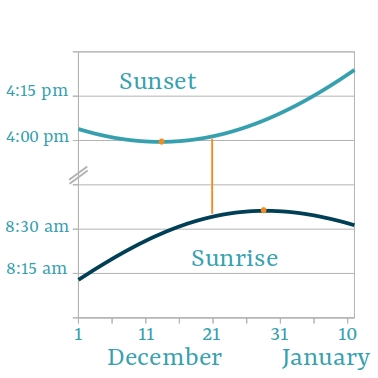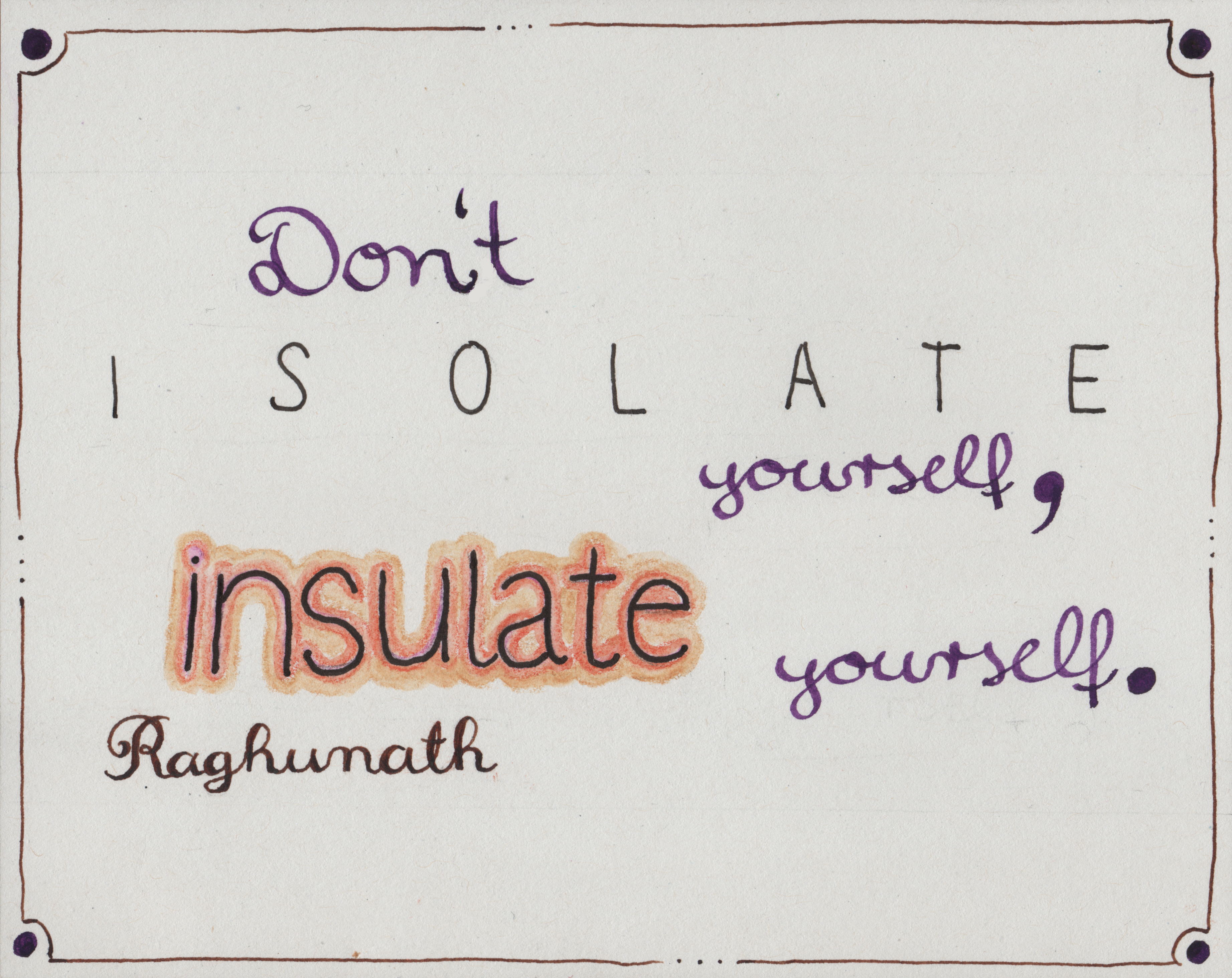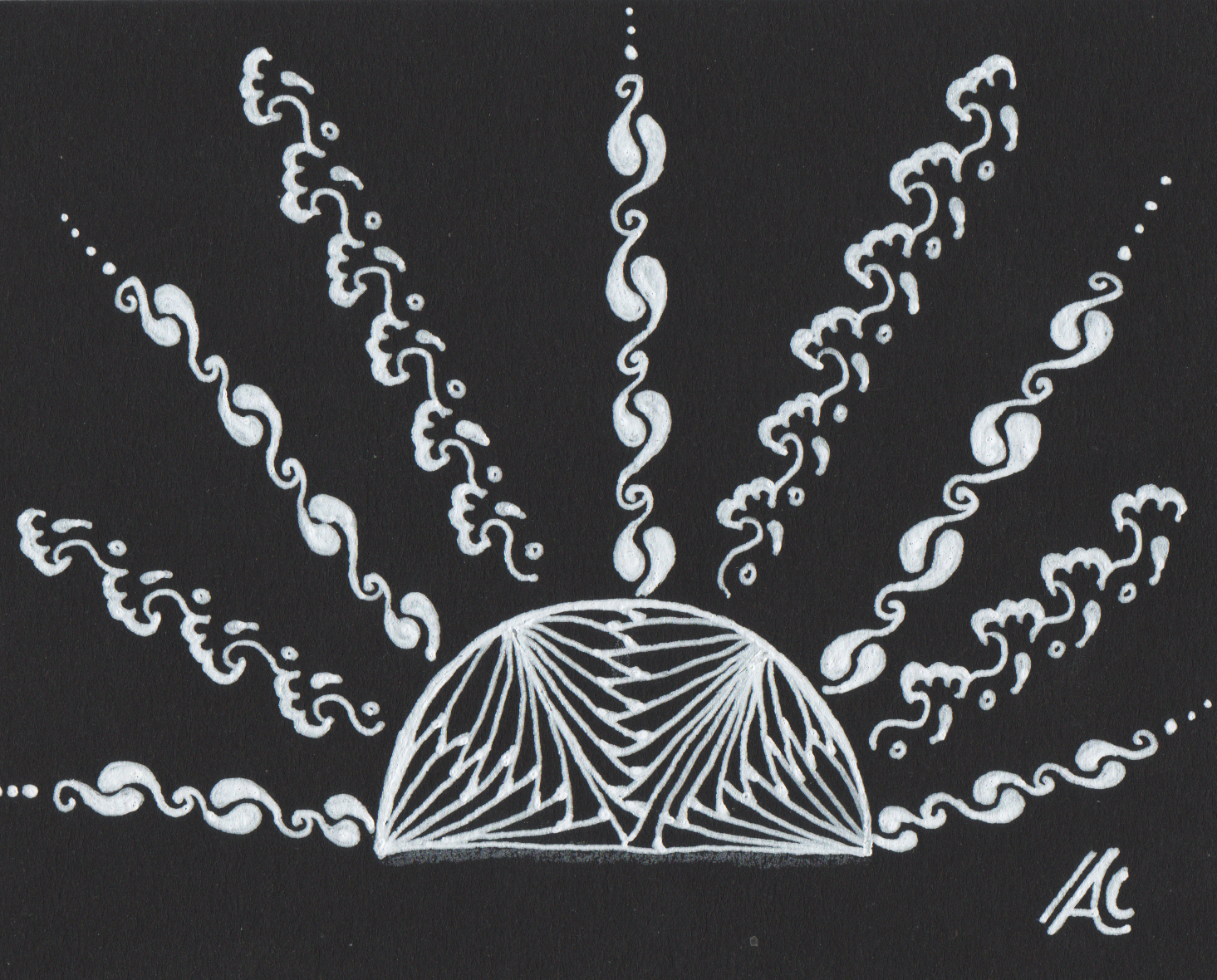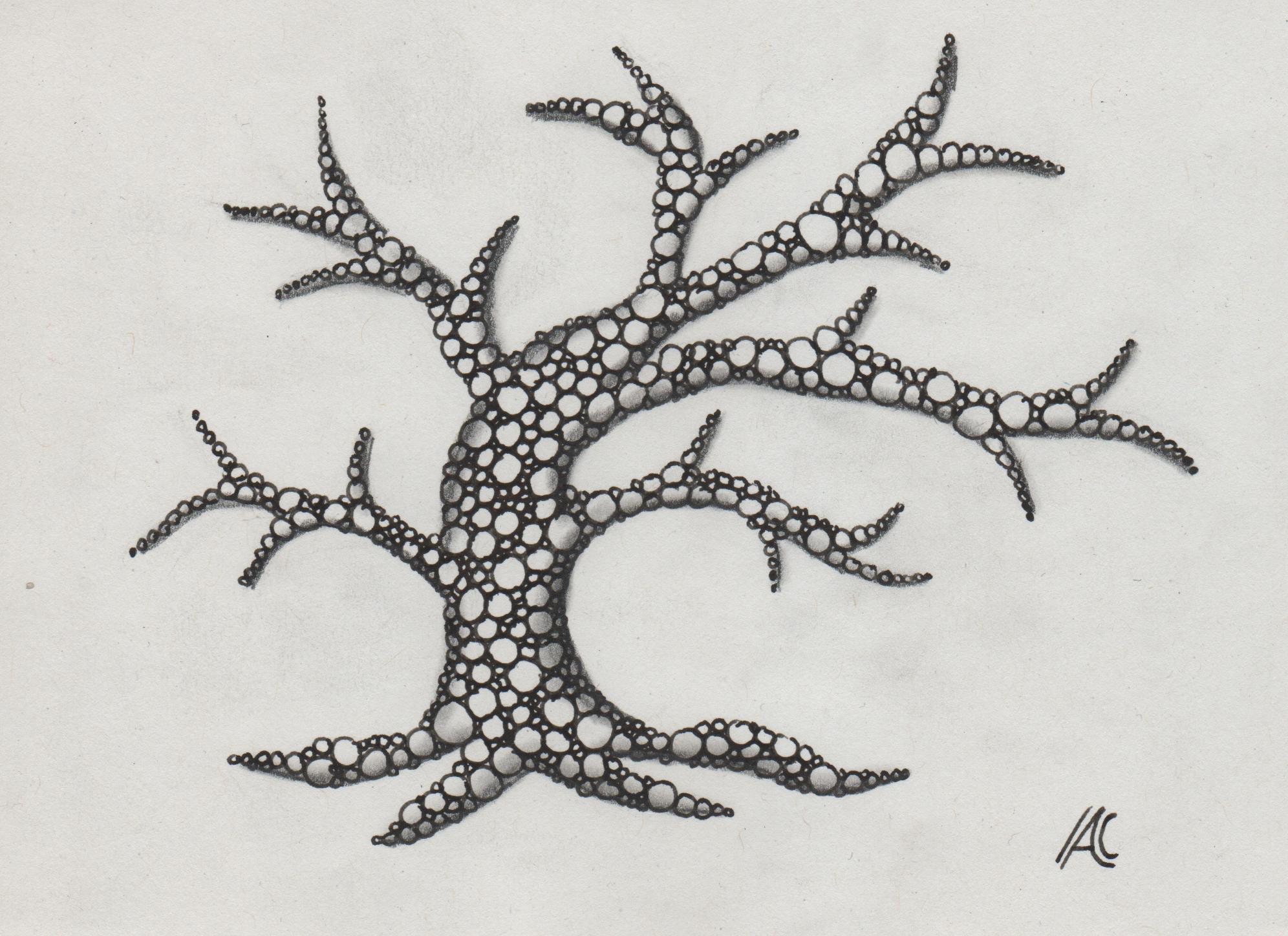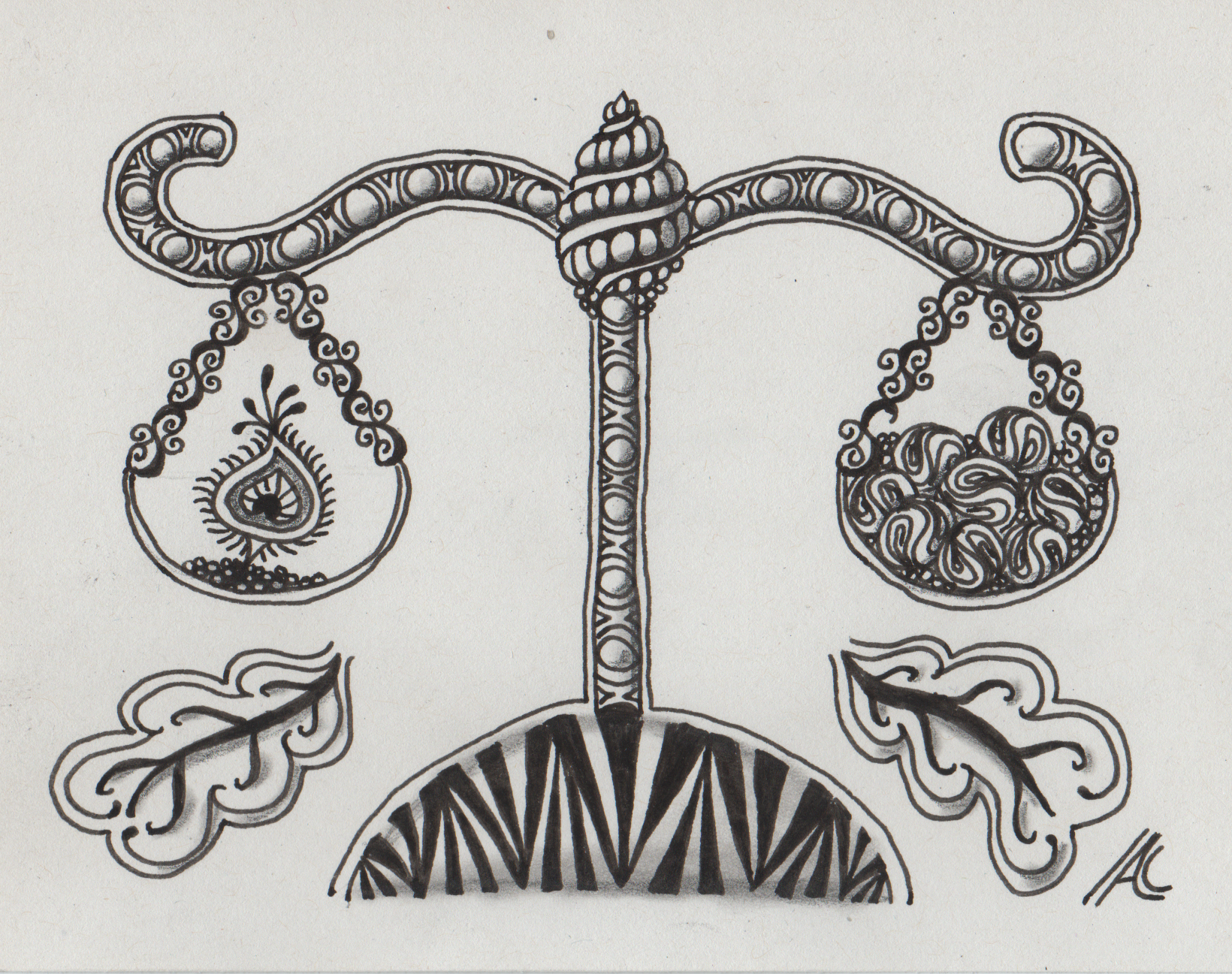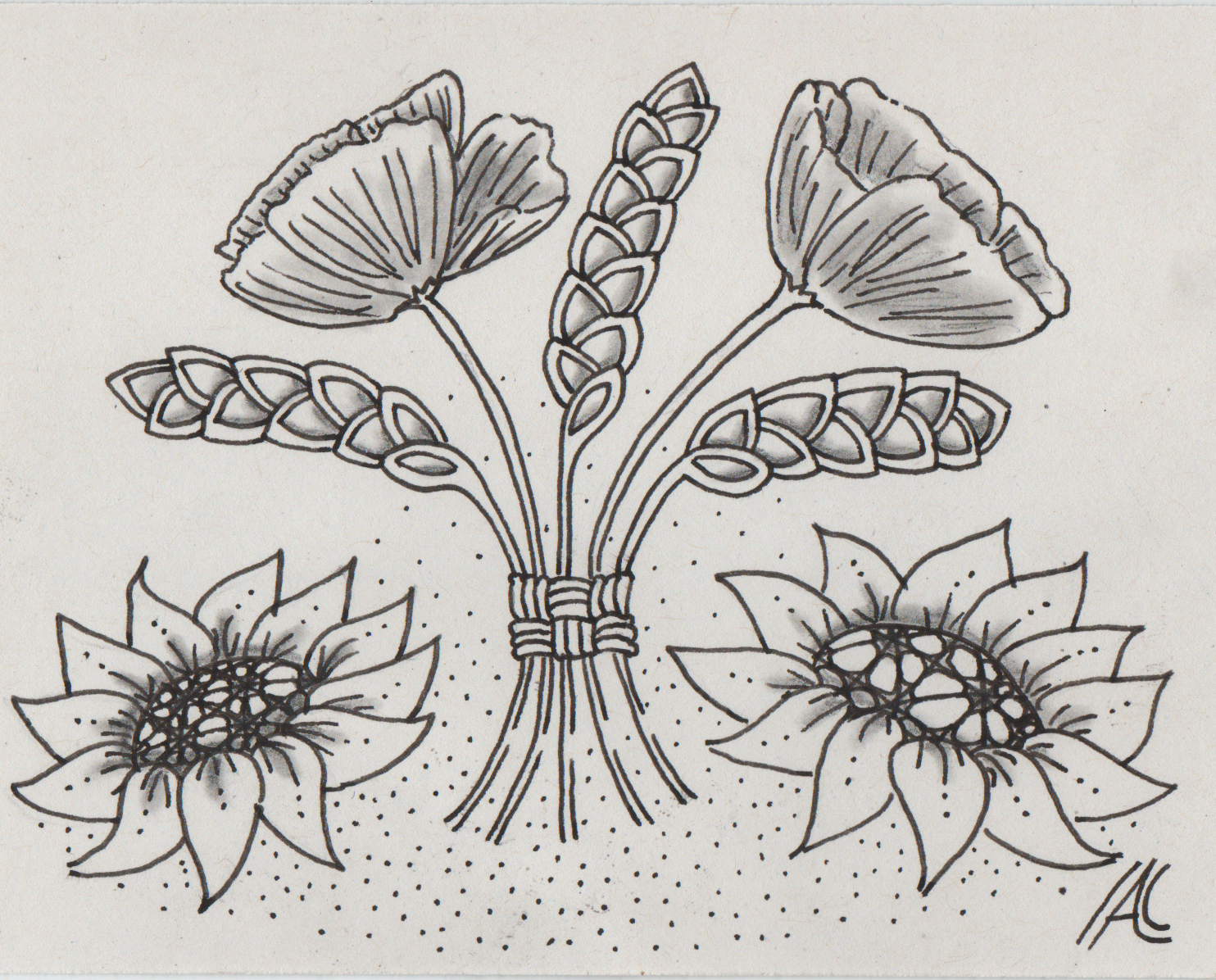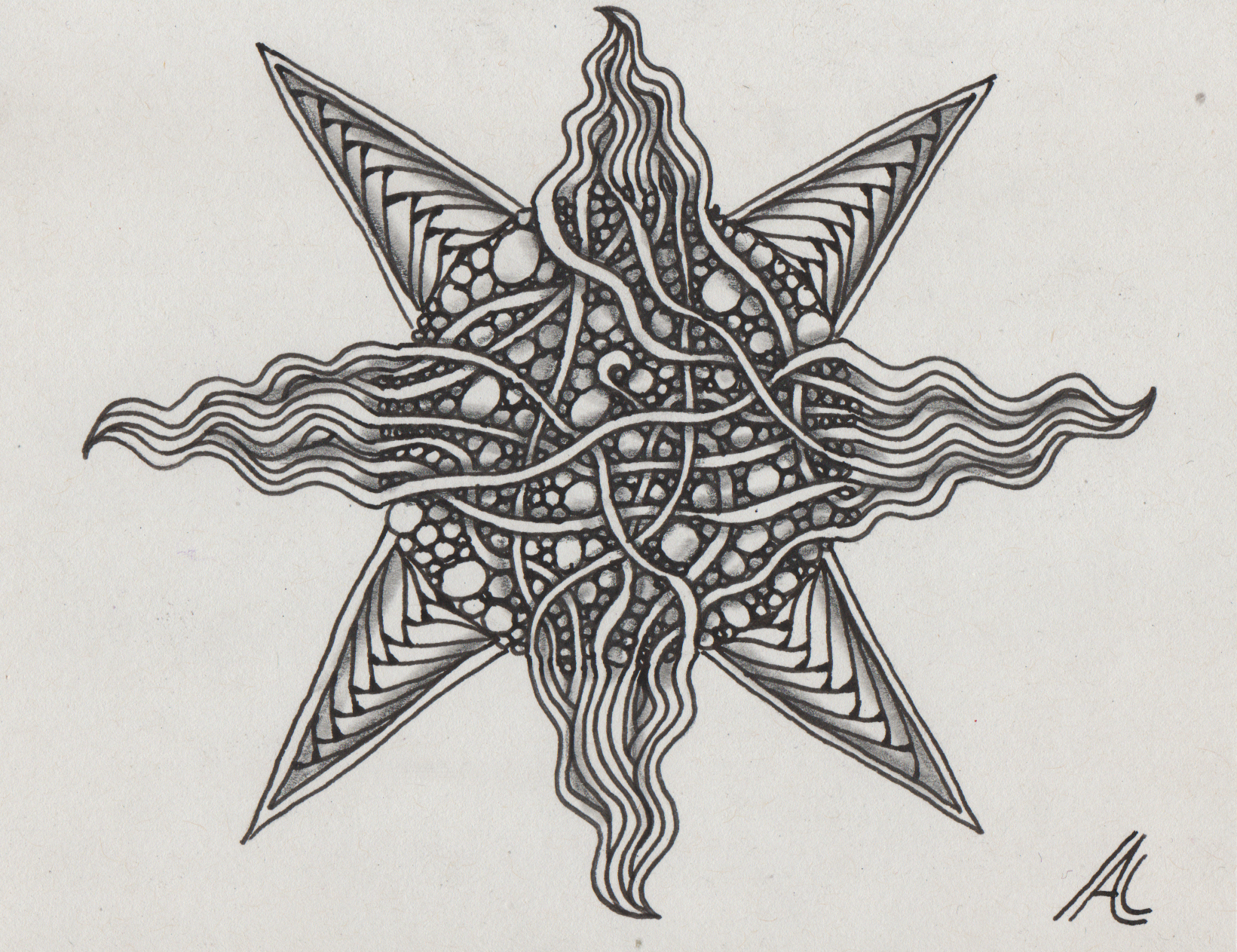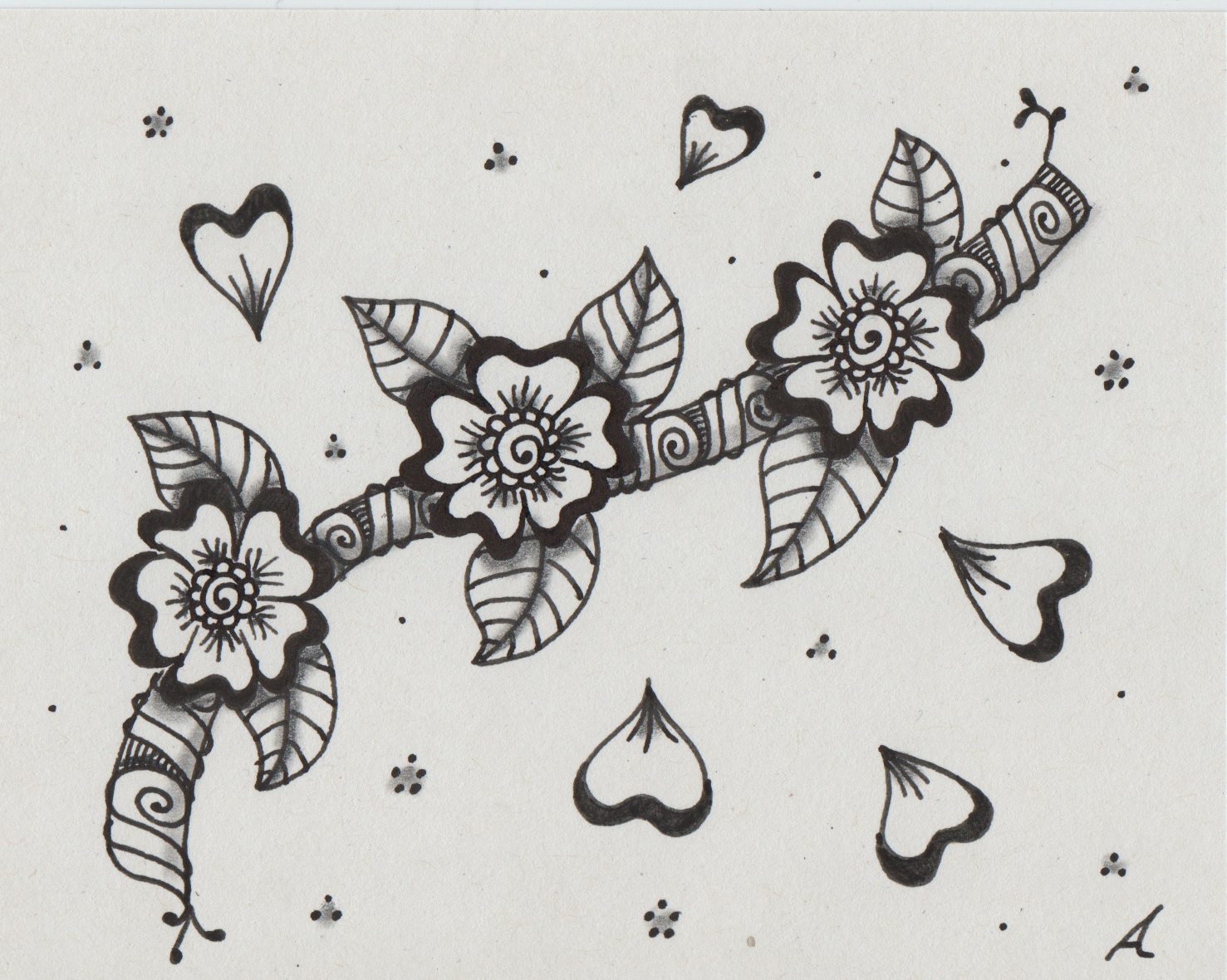What is the point of New Year‘s resolutions?
Every year the sunrise has to be secured
Every December is a great occasion to read or watch (links contains spoilers) „Hogsfather“ by Terry Pratchett. The main point of the plot is Death and his granddaughter Susan trying to rescue the Hogsfather (the Discworld equivalent of Santa Claus) from dying to make sure the sun will go up again. At least that is the reason Death gives to Susan. My most favourite quote from this novel is:
“Humans need fantasy to be human. To be the place where the falling angel meets the rising ape.”
Apart from the very poetic image this creates im my mind, I am fascinated by Death explaing that we have to practivce believing in smaller narratives to be able to trust in the big ones like Justice and Mercy. Since even if we could pulverise the universe and sieve it through carefully and would not find „a single atom of justice“, we do feel the need to believe in the concept against our better knowledge.
I am not going to spoiler whether the Hogfather is saved in the end and what happens to the sun. What captivates me about this story and about Terry Pratchett himself is how there are many layers that the characters are conscious of at the same time and that are equally valid even thought they seem contradictory.
We all carry within us many sometimes very diverse personalities and our conscious minds contain different parts of different evolutionary ages and with different working mechanisms. One part of us is certain that for physical reasons the sun has to rise again. (A subsection of this part might even add that the sun will only appear to rise due to the Earth‘s rotation.) Another part might be very empathetic towards the worries of early humans who had a lot less information about our solar system and could therefore not be absolutely certain that winter would end again.
The magic of a New Year
For a long time now I have been experiencing any given year‘s first couple of weeks as being a very impactful time to establish new routines. Of course I am aware that the definition of when the New Year starts is arbitrary. It might just as well be our 13th of April. If we had determined this would be the day. There are cultures whose calendars do show a different date for when the year turns. So a lot of people around me say they don‘t see why they should come up with new resolutions now of all times. And I very much get that.
At the same time the narrative of New Beginnings works really well in my consciousness. With every repetition and with every time I notice it working, this story supports my projects more reliably. While at the same time I am aware of the mental construction behind it all. Time for another quote:
“It’s still magic even if you know how it’s done.”
Terry Pratchett, A Hat Full of Sky
Knowing that going along with a tradition like this is the key to its effetiveness does not make the first few weeks of the year any less magical. In fact rather the opposite.
The seeming irrationality of New Year‘s traditions
We humans have come up with a long list of New Years rituals. Counting down, toasting with a glass of sparkling wine, the fireworks and many more, depending on where you live. For some of os the night would feel incomplete if they did not sing „Auld Lang Syne“. According to Terry Pratchett, our seemingly irrational connection with these little things are what makes us human. Not faulty human but loveable human.
If time allows (And when does it not at New Years Eve?) people like to question the oracles, maybe by casting tin or drawing cards. The rational part in me tells me that with a probability extremely close to certainty there is no authority sitting at the other end of the universe taking an interest in influencing a deck of colourful pieces of cardboard. The same part realises that the pictures on these cards or the shape the tin solidifies in serve as anchors for my mind to attach to in order to get a clearer picture of itself. Looking back, for me the blob of tin has always turned out looking a rather boring regular drop. There might be a trick to it after all. At the same time the rest of my team of personalities joins the fun with childlike fascination.
I can meditate the cards and sound out my deeper layers of consciousness to see if anything in there resonates with the images and while I am listening anyway if there is something it has been wanting to let me know for a while now. At the same time nothing is set. I can accept the message or thankfully decline it. Or something in between. With a stance of none of the options negating the others.
It is exactly this perspective of at the same time holding more than one thing as real and valid that I want to cultivate and intentionally observe in 2022. My hunch is that this simultaneity happens anyway without me having any influence on it. And at the same time I suspect that being aware of it will help me learn more deeply about my own humanity. And about the difference between isolating and insulating. We will see.
What do you think about New Year’s resolutions?
How about you, do the traditions around the turning of the year speak to you in any way? If so, on which levels? How does the interface between rationality and irrationaly feel to you? What is your take on the hypothesis that we need little stories about the holidays to practice believing in bigger concepts like justice? What do the ending of the year and the idea of New Year‘s resolutions mean to you?
Whatever your position, I wish you a very happy New Year 2022!
